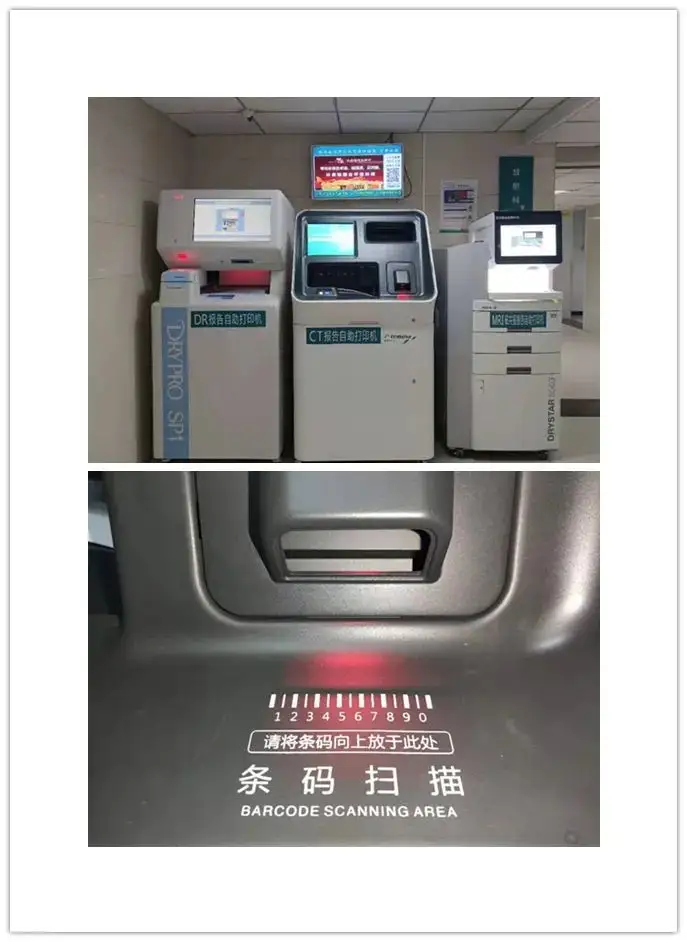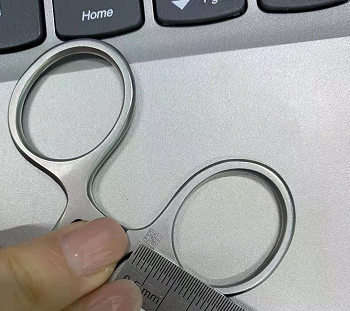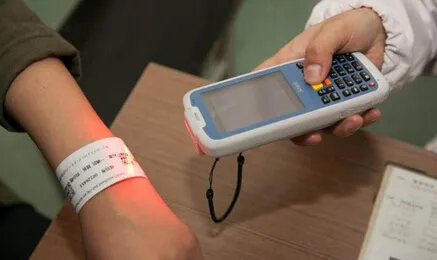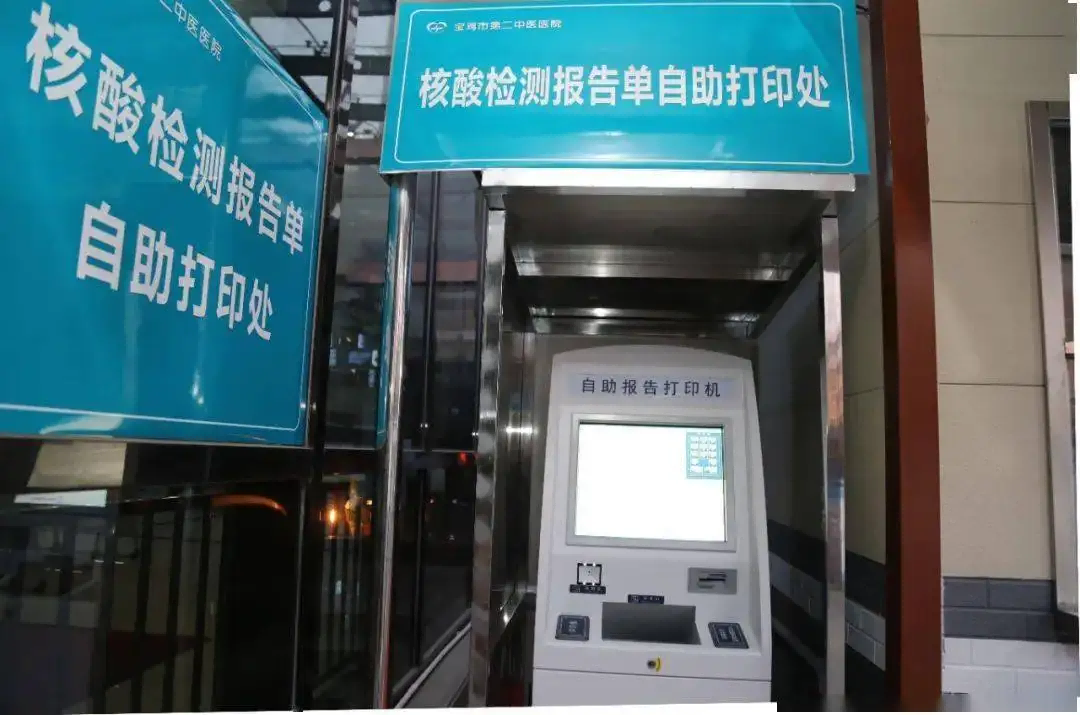Shenzhen Xingtong IOT Technology Co., Ltd.
Barcode Scanner Manufacturer with development & Invention ability

Since recent years, domestic medium-sized QR code scanner modules have gradually set off another application boom in all walks of life. Its application field spans all aspects of daily life and spreads to various industries, and QR code barcodes can be seen everywhere. Now 2D code scanner modules are prevalent in the medical industry.

In the medical industry in the United States, the application of QR code scanner modules is very common. Because the 2D barcode has large information capacity, high information density, and strong coding ability, it can encode text, photos, fingerprints, palm temperature, voice, signature and other information, and it is easy to print, low cost, and has strong error correction ability. Code reliability is high.

Next, we describe the application scenarios of several of the most representative small 2D barcode scanner modules in the medical industry:
Scenario 1:
The QR code scanner module can quickly record the basic information of the patient (such as name, age, blood type, ID number, emergency contact number, etc.), as well as medical information such as personal medical history and allergy history. It helps doctors to fully understand the patient's situation. This application is especially suitable for emergency patients and the elderly. The doctor can quickly confirm the patient's status by reading the QR code information inductively with the QR code scanner module integrated into the device. Detailed information, complete admission registration and first aid are not only efficient and accurate, but also gain valuable time for patient first aid.

In addition, in the case of needing to be transferred for treatment, the patient's data, including medical history, injury type, proposed treatment plan, treatment place, treatment status, etc., can be transmitted to the next treatment through the QR code module as an important medium. Hospital. Since the input of all these information can be completed at one time by reading the 2D barcode, unnecessary manual input is reduced, and errors that are thought to be caused are avoided.
Scenario 2:
Reduce labor costs and avoid mistakes by medical staff. First of all, the QR code scanner module is widely used in the laboratory department to track the whole process of the laboratory items to avoid confusion. Secondly, within 100 meters of a hospital bed, there is a lot of mobility of people, drugs and equipment. A nurse is usually responsible for more than a dozen patients. How to minimize the hidden danger of errors? In this regard, the 2D code scanner module has its very broad application. If there is a QR code on the patient's wristband, the patient can be effectively identified. At the same time, the corresponding 2D code is pasted on the medicine and the inspection container. Nurses should check this information before executing the doctor's order, which can minimize the occurrence of human error.

Scenario 3:
The 2D scanner module is used for material and financial management of the hospital's purchase, sale and inventory. Material management has always been a major headache for hospitals. Barcode management of materials can effectively prevent many information omissions and missing items. Especially for high-value consumables in operating rooms, it can bring considerable economic benefits to the hospital.

There are more applications of 2D barcode scanner modules in the medical industry. Typical examples are: medical blood analyzers, urine analyzers, medical test tube reading, and tablet computers used for nurses' rounds, all with barcode scanner modules embedded in them.
Industry insiders also listed such a set of data: China's population is four times that of the United States, and Chinese hospitals are twice that of the United States. There are about 7,000 hospitals in the United States, and the number of Chinese hospitals is about 13,000 to 17,000. The average number of admissions per hospital in the United States is 60,000 per year, while the average number of admissions per hospital in China is 30,000 per year. The ratio of outpatients to inpatients in Chinese hospitals is 7:3, and Chinese inpatients have a longer hospital stay, twice as long as in the United States. What do these data show? After comparison, it can be found that the pressure on Chinese hospitals is even greater, and the pressure on doctors and nurses is also greater. It is urgent to use advanced technical means to help doctors and nurses improve efficiency and reduce the occurrence of errors.
XTIOT, as an automatic barcode identification solution provider and QR code equipment supplier for the Internet of Things, has long been committed to the application and service of 2D scanner modules. Its applications range from catering, barcode scanner modules, barcode scanners and other new things to all aspects of people's lives.




